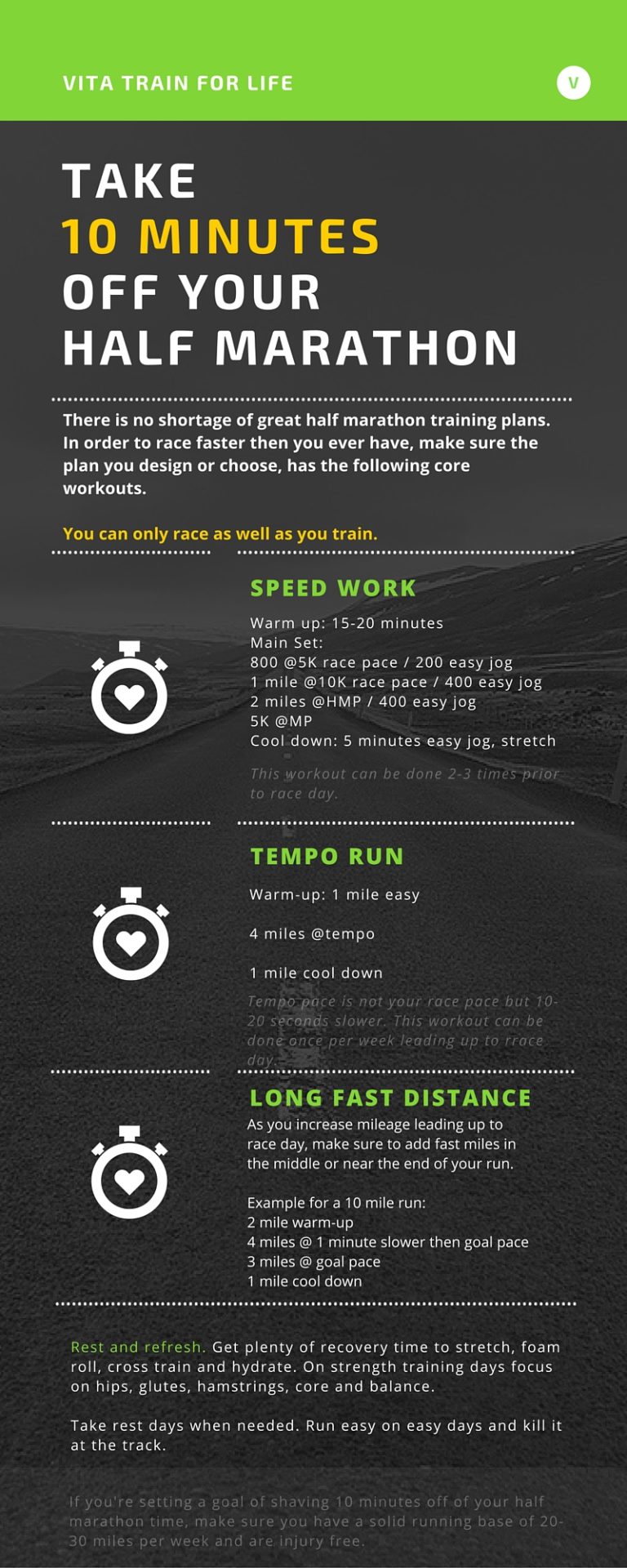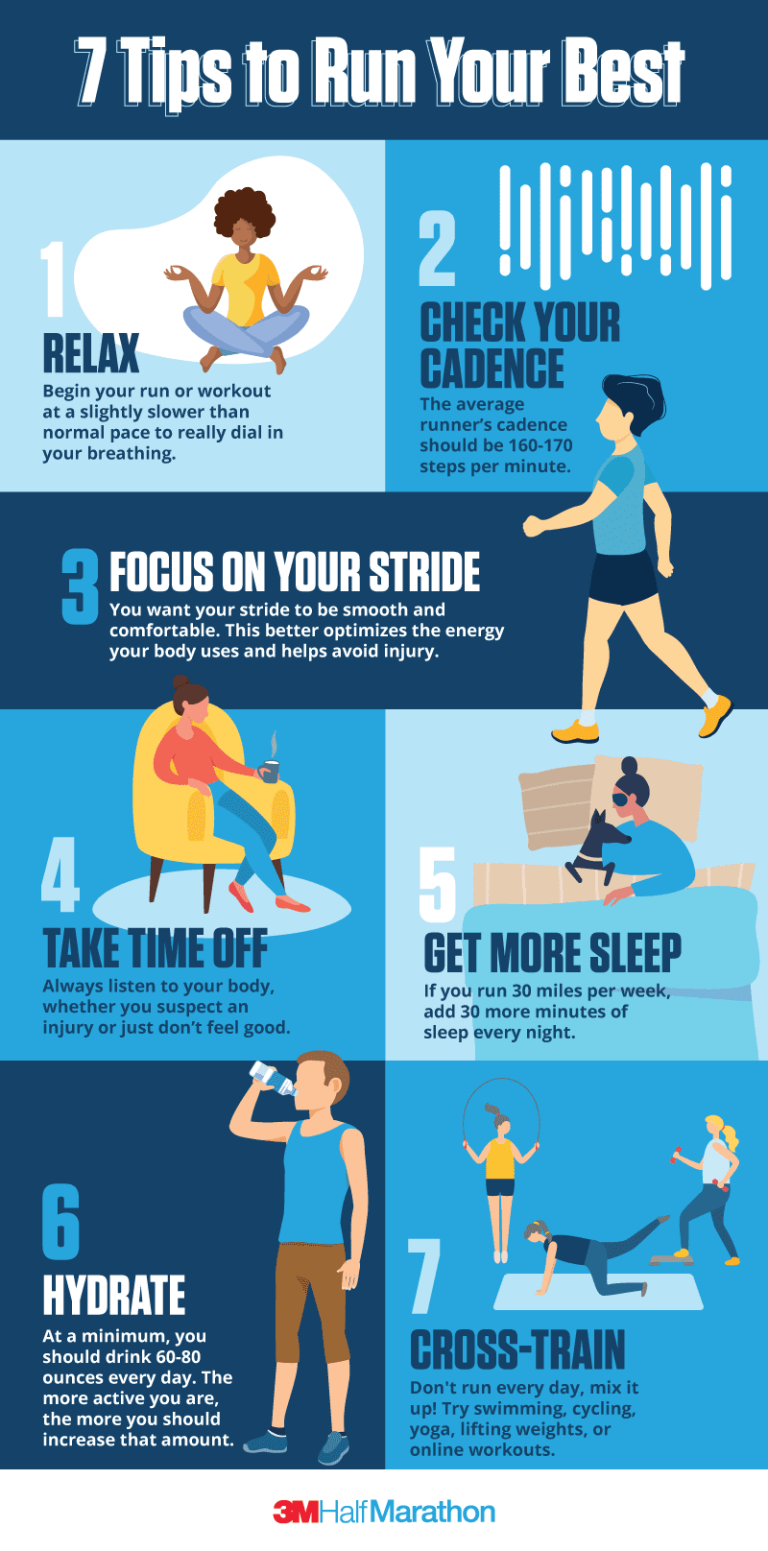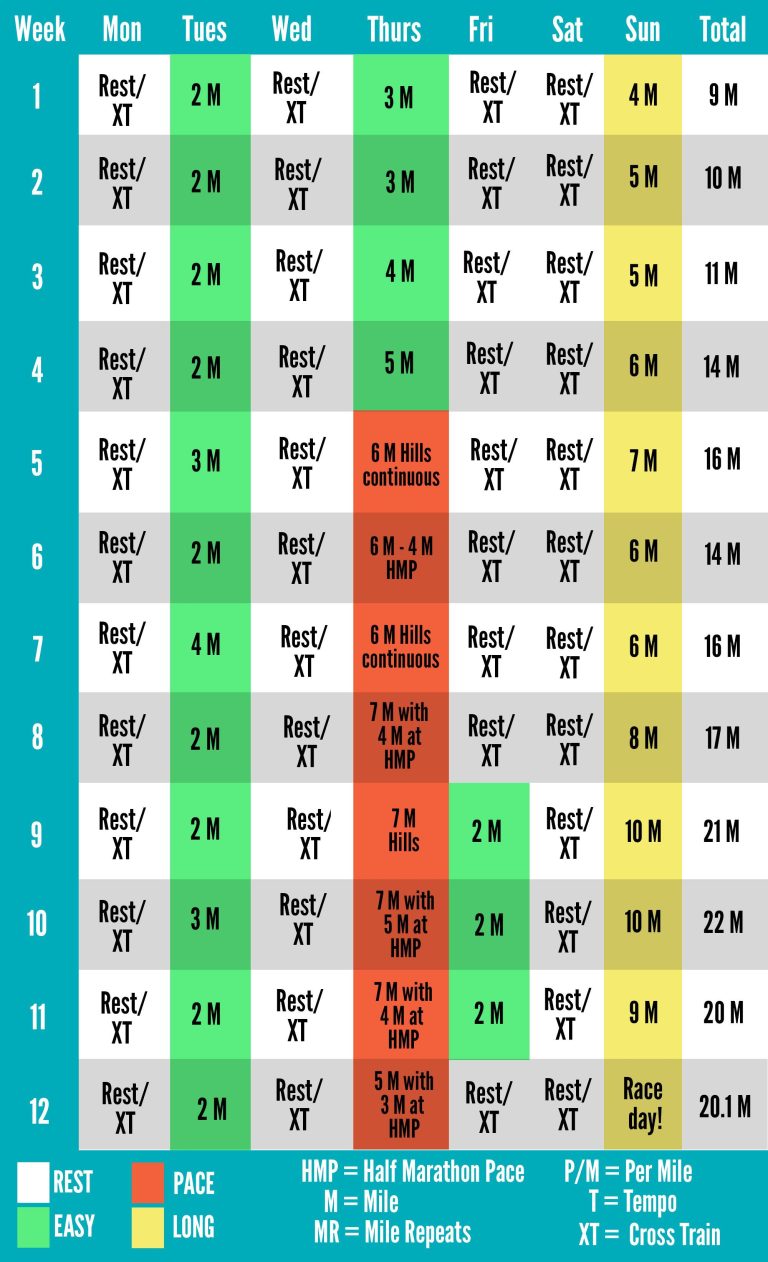Best Running Injury Prevention Exercises
To prevent running injuries, focus on exercises that strengthen core muscles and improve flexibility. Target hips, glutes, and calf muscles.
When it comes to staying injury-free while running, a proactive approach is key. Incorporating specific exercises into your routine can help prevent common issues such as shin splints, knee pain, and tendon injuries. By strengthening and stretching key muscle groups and improving overall stability, you can improve your running performance and reduce the risk of injury.
Let’s explore some of the best exercises that can aid in injury prevention and keep you on the road to success.
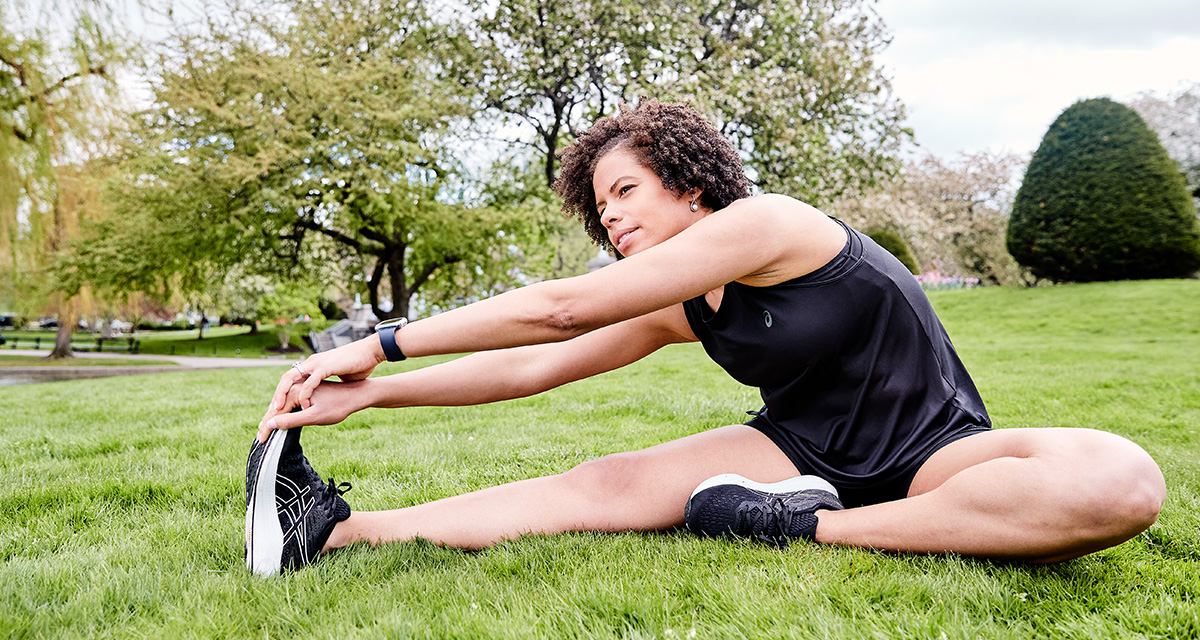
Credit: runkeeper.com
Importance Of Injury Prevention
When it comes to running, injury prevention is paramount. Incorporating injury prevention exercises into your routine can help you steer clear of common running injuries, allowing you to stay on track with your training and reach your fitness goals.
Benefits Of Injury Prevention Exercises
Engaging in regular injury prevention exercises offers a multitude of benefits:
- Prevents potential setbacks in training
- Decreases the risk of sustaining common running injuries
- Improves overall strength and flexibility
- Enhances performance and endurance
- Supports long-term running goals
Common Running Injuries
Understanding common running injuries is essential to taking proactive measures in preventing them. Some prevalent running injuries include:
- Shin splints
- Runner’s knee
- Plantar fasciitis
- Achilles tendonitis
- IT band syndrome
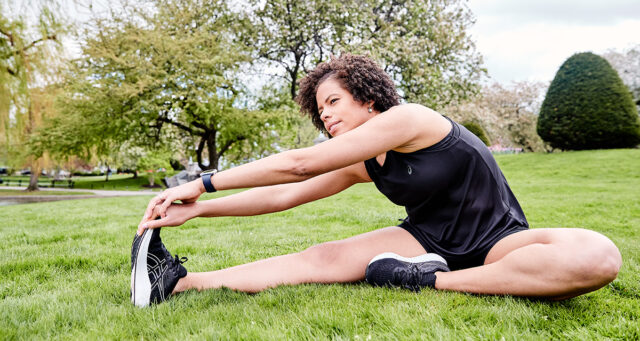
Credit: runkeeper.com
Warm-up Exercises
Get ready for your run with these effective warm-up exercises. Prevent running injuries with the best injury prevention exercises that will keep you in top shape and ready to hit the road.
Dynamic Stretching
Start with gentle movements like leg swings and arm circles.
Gradually increase the range of motion to avoid straining muscles.
Joint Mobility Exercises
Perform dynamic movements that target different joints in the body.
This helps Lubricate the joints and increase flexibility.
Strength Training Exercises
Prevent running injuries with the best strength training exercises. Strengthen your muscles and joints to enhance performance and reduce the risk of injuries. Incorporate exercises like squats, lunges, and planks into your routine to build strength and stability for injury prevention while running.
Core Exercises
These exercises strengthen the core muscles that support your spine and improve stability.
Lower Body Exercises
Performing these exercises helps enhance leg strength and reduce the risk of injuries.
Strength Training Exercises Core exercises involve targeting the muscles supporting the spine for stability. Lower body exercises aid in developing leg strength to prevent injuries.
Credit: www.jospt.org
Flexibility Exercises
Flexibility exercises play a crucial role in preventing running injuries. These exercises improve the range of motion and elasticity of muscles, tendons, and ligaments, reducing the risk of strains and other common running injuries.
Static Stretching
Static stretching involves holding a position that elongates the muscle for a prolonged period, typically 15-30 seconds. This helps improve flexibility and reduce muscle tightness. Some effective static stretches include:
- Hamstring stretch
- Quadriceps stretch
- Calf stretch
- Hip flexor stretch
Foam Rolling
Foam rolling, also known as self-myofascial release, utilizes a foam roller to apply pressure to specific points on the body. This aids in releasing muscle tightness and improving flexibility. Key areas to focus on when foam rolling include the:
- IT band
- Calves
- Quadriceps
- Glutes
Balance And Stability Exercises
Balance and stability exercises play a crucial role in preventing running injuries by improving your body’s ability to stay centered and in control during your runs. These exercises specifically target your core and lower body muscles, enhancing your balance and stability, which are essential for maintaining proper form and reducing the risk of falls or missteps. Incorporating these exercises into your regular training routine can help you run stronger and safer. Here are two types of balance and stability exercises that you should include:
Single-leg Exercises
Single-leg exercises are fantastic for improving balance, strength, and stability. By focusing on one leg at a time, you challenge your muscles to work independently and prevent muscle imbalances.
Here are a few examples of single-leg exercises you can try:
- Single-leg squats: Stand on one leg and lower your body toward the ground, bending at the knee, and maintaining a neutral spine. Go as low as you can while keeping your balance, then return to the starting position. Repeat for the desired number of repetitions, then switch legs.
- Single-leg deadlifts: Stand on one leg with a slight bend in the knee. Slowly hinge forward at the hips while extending the opposite leg behind you for balance. Keep your back straight and reach the extended leg and hand towards the ground simultaneously. Return to the starting position and repeat on the other leg.
- Single-leg calf raises: Stand on one leg with your foot flat on the ground. Raise your heel off the floor as high as possible, then lower it back down. Repeat for the desired number of repetitions, then switch legs.
Include these single-leg exercises in your workout routine to strengthen the muscles in your hips, thighs, and calves, which play a crucial role in maintaining balance and stability while running.
Balance Board Exercises
Balance board exercises are an excellent way to challenge and improve your balance and stability. These exercises involve standing on a balance board or other unstable surfaces to engage your core muscles and improve proprioception.
Here are a few balance board exercises you can try:
- Balance board squats: Stand with both feet on the balance board, shoulder-width apart. Lower your body into a squat position, keeping your weight centered and your knees in line with your toes. Return to the starting position and repeat for the desired number of repetitions.
- Balance board lunges: Stand with one foot on the balance board and the other foot placed slightly behind you. Lower your body into a lunge position, ensuring your front knee stays in line with your toes. Push through your front heel to return to the starting position. Repeat on the other leg.
- Balance board planks: Place your forearms on the balance board and extend your legs behind you, resting on your toes. Keep your body in a straight line from head to toe, engaging your core muscles. Hold this position for a set amount of time, then rest.
These balance board exercises will challenge your balance, coordination, and core stability, helping you prevent running injuries by improving your body’s ability to adapt to different terrains and maintain control while in motion.
Frequently Asked Questions Of Best Running Injury Prevention Exercises
Q: What Are The Best Warm-up Exercises To Prevent Running Injuries?
A: Incorporate dynamic stretches like leg swings and lunges to warm up your muscles and increase blood flow before running.
Q: How Can Strength Training Help Prevent Running Injuries?
A: Strengthening your core, glutes, and leg muscles through exercises like squats and planks can improve stability and reduce the risk of injuries.
Q: Is Cross-training Beneficial For Preventing Running Injuries?
A: Yes, engage in activities like cycling or swimming to vary the stress on your muscles and joints, reducing the risk of repetitive strain injuries.
Conclusion
Incorporating these injury prevention exercises into your running routine can significantly reduce your risk of common running injuries. By focusing on strengthening and stabilizing key muscle groups, you can improve your overall performance and keep yourself injury-free. Remember to listen to your body and consult a professional if you experience any discomfort.
Stay safe, stay healthy, and keep on running!


